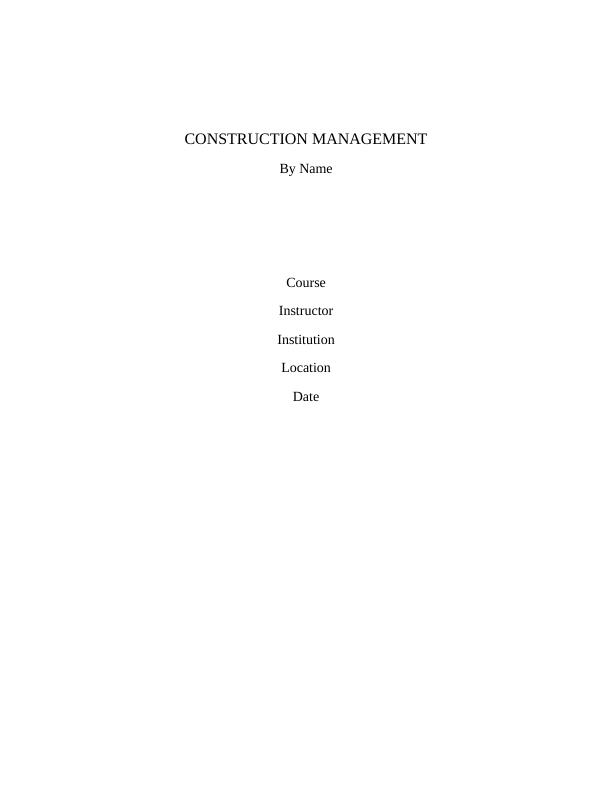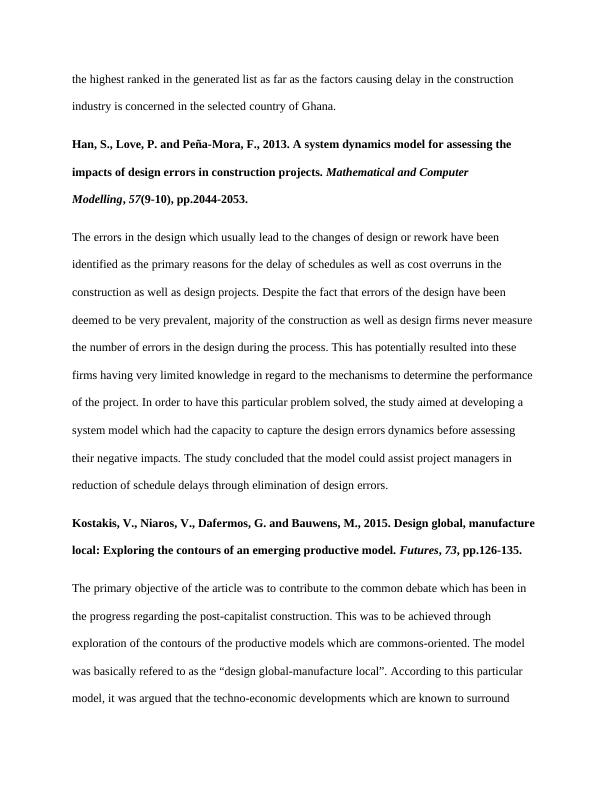Building information modelling (BIM)
Select your theme from one of the red headline items below: Find at least ten references. List them alphabetically by author and write a paragraph in your own words describing the important points in the reference.
7 Pages1682 Words20 Views
Added on 2022-08-24
Building information modelling (BIM)
Select your theme from one of the red headline items below: Find at least ten references. List them alphabetically by author and write a paragraph in your own words describing the important points in the reference.
Added on 2022-08-24
ShareRelated Documents
End of preview
Want to access all the pages? Upload your documents or become a member.
Implementation and Adoption of Building Information Modeling (BIM) in Remote Construction Projects
|9
|2137
|1
Benefits of Using BIM in Construction Projects
|17
|7340
|121
Case Study of BIM Implementation in Construction Projects
|7
|1456
|253
Business Information Modeling (BIM) Projects Assignment
|18
|3365
|261
BIM In Construction Project 2022
|10
|1815
|21
Application of BIM Technology in Construction Risk Management
|17
|7972
|57



